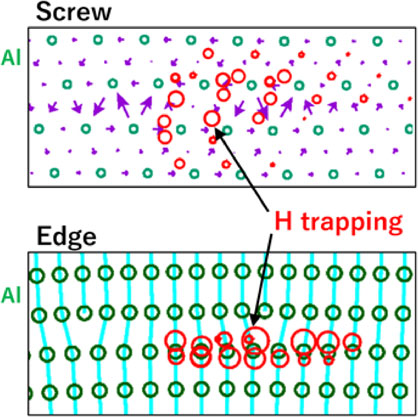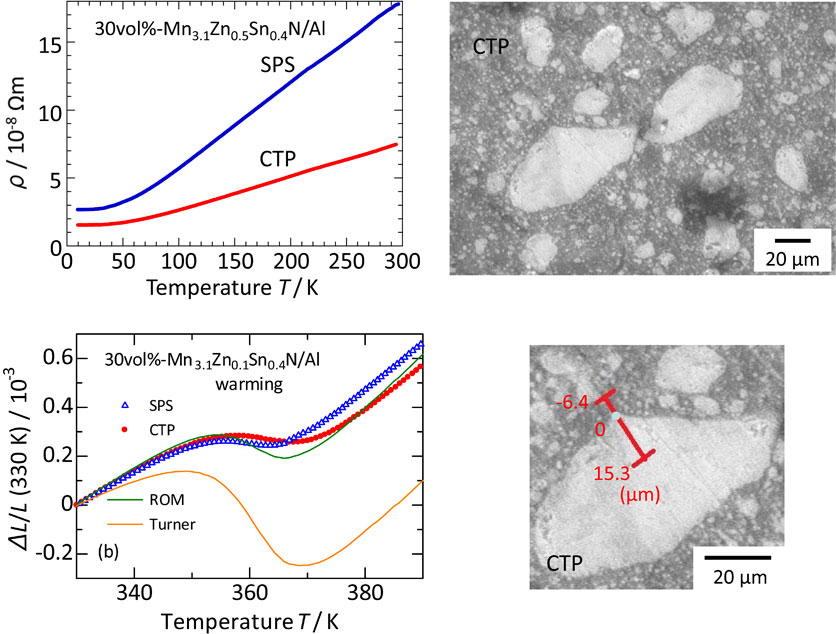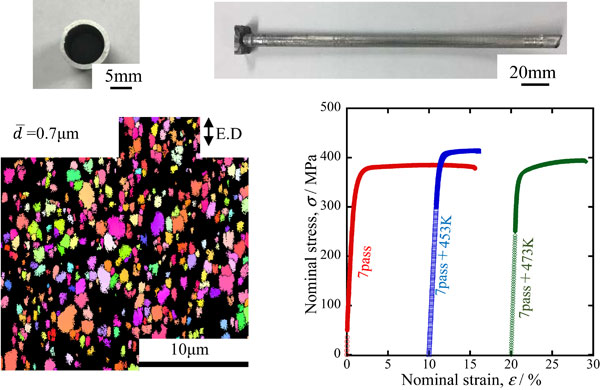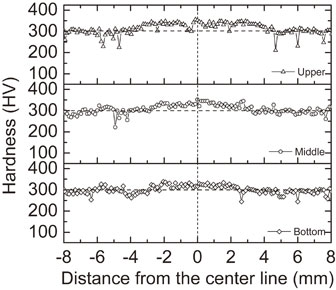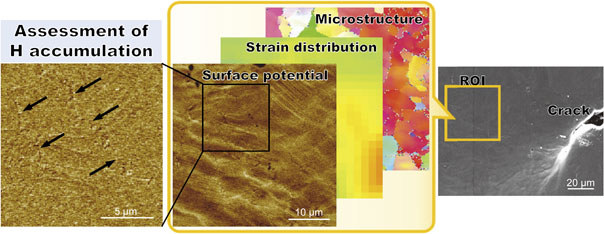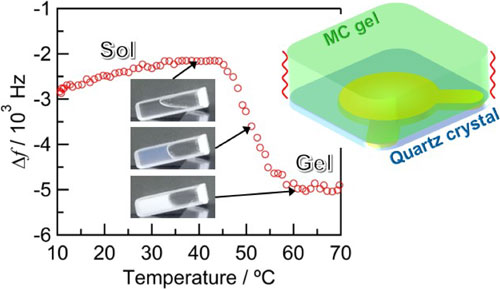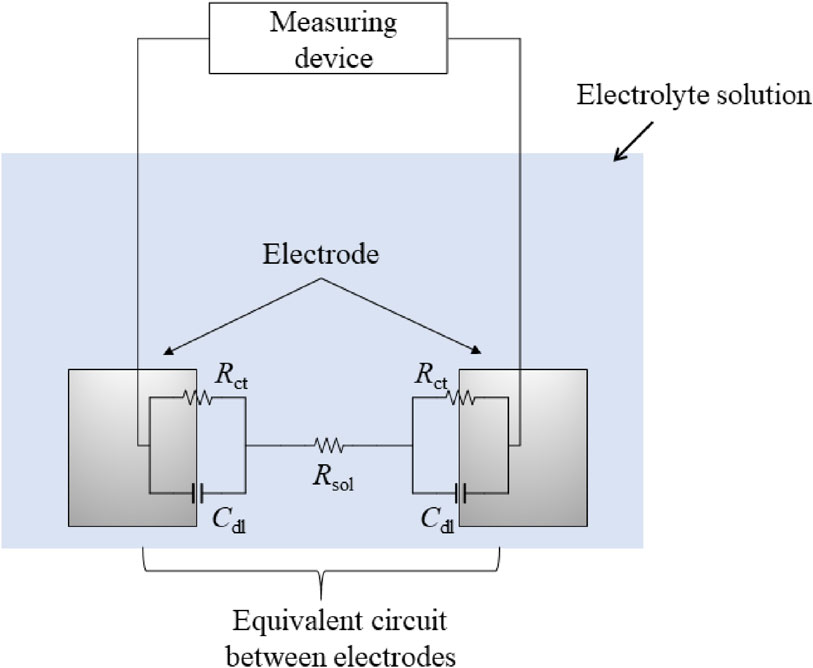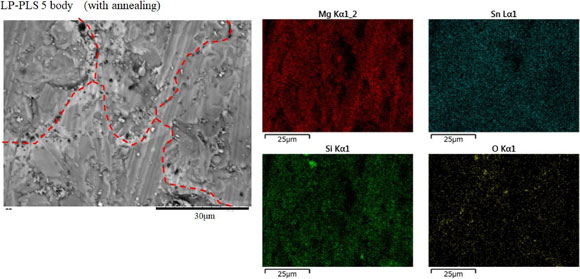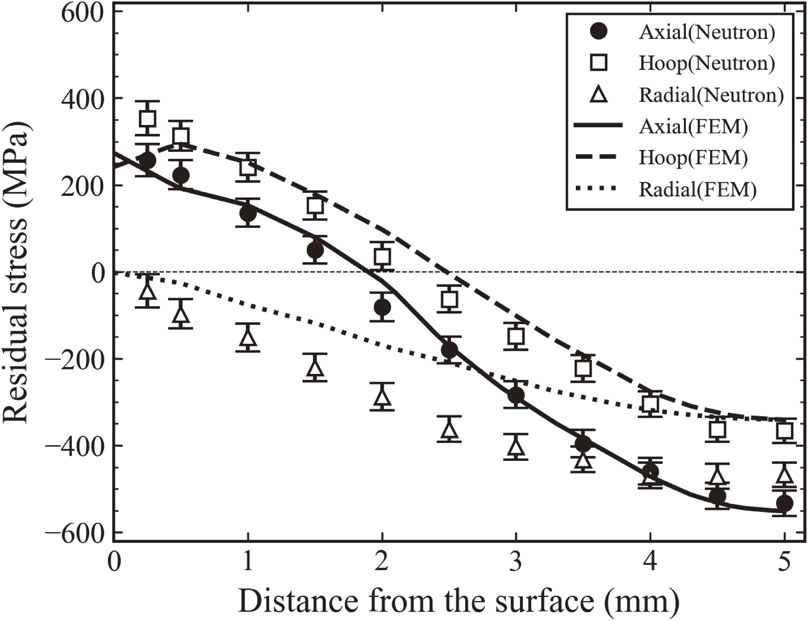62 巻, 5 号
選択された号の論文の18件中1~18を表示しています
- |<
- <
- 1
- >
- >|
Regular Article
Materials Physics
-
Theoretical Prediction of Grain Boundary Segregation Using Nano-Polycrystalline Grain Boundary Model原稿種別: Regular Article
2021 年 62 巻 5 号 p. 575-581
発行日: 2021/05/01
公開日: 2021/04/25
[早期公開] 公開日: 2021/03/26PDF形式でダウンロード (2871K) HTML形式で全画面表示 -
原稿種別: Regular Article
2021 年 62 巻 5 号 p. 582-589
発行日: 2021/05/01
公開日: 2021/04/25
[早期公開] 公開日: 2021/03/26PDF形式でダウンロード (6188K) HTML形式で全画面表示 -
原稿種別: Regular Article
2021 年 62 巻 5 号 p. 590-595
発行日: 2021/05/01
公開日: 2021/04/25
[早期公開] 公開日: 2021/03/19PDF形式でダウンロード (1476K) HTML形式で全画面表示
Microstructure of Materials
-
原稿種別: Regular Article
2021 年 62 巻 5 号 p. 596-602
発行日: 2021/05/01
公開日: 2021/04/25
[早期公開] 公開日: 2021/03/19PDF形式でダウンロード (6430K) HTML形式で全画面表示 -
原稿種別: Regular Article
2021 年 62 巻 5 号 p. 603-609
発行日: 2021/05/01
公開日: 2021/04/25
[早期公開] 公開日: 2021/03/26PDF形式でダウンロード (2137K) HTML形式で全画面表示 -
原稿種別: Regular Article
2021 年 62 巻 5 号 p. 610-619
発行日: 2021/05/01
公開日: 2021/04/25
[早期公開] 公開日: 2021/03/12PDF形式でダウンロード (11942K) HTML形式で全画面表示 -
原稿種別: Regular Article
2021 年 62 巻 5 号 p. 620-624
発行日: 2021/05/01
公開日: 2021/04/25
PDF形式でダウンロード (2939K) -
原稿種別: Regular Article
2021 年 62 巻 5 号 p. 625-630
発行日: 2021/05/01
公開日: 2021/04/25
PDF形式でダウンロード (2140K) HTML形式で全画面表示
Mechanics of Materials
-
原稿種別: Regular Article
2021 年 62 巻 5 号 p. 631-635
発行日: 2021/05/01
公開日: 2021/04/25
[早期公開] 公開日: 2021/03/19PDF形式でダウンロード (4047K) HTML形式で全画面表示 -
原稿種別: Regular Article
2021 年 62 巻 5 号 p. 636-641
発行日: 2021/05/01
公開日: 2021/04/25
PDF形式でダウンロード (4149K) HTML形式で全画面表示 -
原稿種別: Regular Article
2021 年 62 巻 5 号 p. 642-646
発行日: 2021/05/01
公開日: 2021/04/25
[早期公開] 公開日: 2021/03/19PDF形式でダウンロード (2727K) HTML形式で全画面表示 -
原稿種別: Regular Article
2021 年 62 巻 5 号 p. 647-654
発行日: 2021/05/01
公開日: 2021/04/25
[早期公開] 公開日: 2021/03/12PDF形式でダウンロード (3534K) HTML形式で全画面表示
Materials Chemistry
-
原稿種別: Regular Article
2021 年 62 巻 5 号 p. 655-660
発行日: 2021/05/01
公開日: 2021/04/25
PDF形式でダウンロード (1641K) HTML形式で全画面表示 -
原稿種別: Regular Article
2021 年 62 巻 5 号 p. 661-666
発行日: 2021/05/01
公開日: 2021/04/25
[早期公開] 公開日: 2021/04/02PDF形式でダウンロード (4441K) HTML形式で全画面表示
Materials Processing
-
原稿種別: Regular Article
2021 年 62 巻 5 号 p. 667-674
発行日: 2021/05/01
公開日: 2021/04/25
PDF形式でダウンロード (5911K) HTML形式で全画面表示 -
原稿種別: Regular Article
2021 年 62 巻 5 号 p. 675-679
発行日: 2021/05/01
公開日: 2021/04/25
[早期公開] 公開日: 2021/03/12PDF形式でダウンロード (4722K) HTML形式で全画面表示
Engineering Materials and Their Applications
-
Microstructure, Morphology and Magnetic Property of (001)-Textured MnAlGe Films on Si/SiO2 Substrate原稿種別: Regular Article
2021 年 62 巻 5 号 p. 680-687
発行日: 2021/05/01
公開日: 2021/04/25
[早期公開] 公開日: 2021/03/26PDF形式でダウンロード (6022K) HTML形式で全画面表示
Express Rapid Publication
-
原稿種別: Express Rapid Publication
2021 年 62 巻 5 号 p. 688-690
発行日: 2021/05/01
公開日: 2021/04/25
[早期公開] 公開日: 2021/04/02PDF形式でダウンロード (1856K) HTML形式で全画面表示
- |<
- <
- 1
- >
- >|


